Anasazi: Sophisticated Civilization That Disappeared Or Evolved Into American Indians Of Southwest
A. Sutherland - AncientPages.com - The Anasazi people was a civilization that arose as early as 1500 BC and the remains of their dwellings can be found in south-west America.
Perhaps the most well-known is their first settlement at Mesa Verde discovered by a trader and rancher, Richard Wetherill, in 1888–1889.
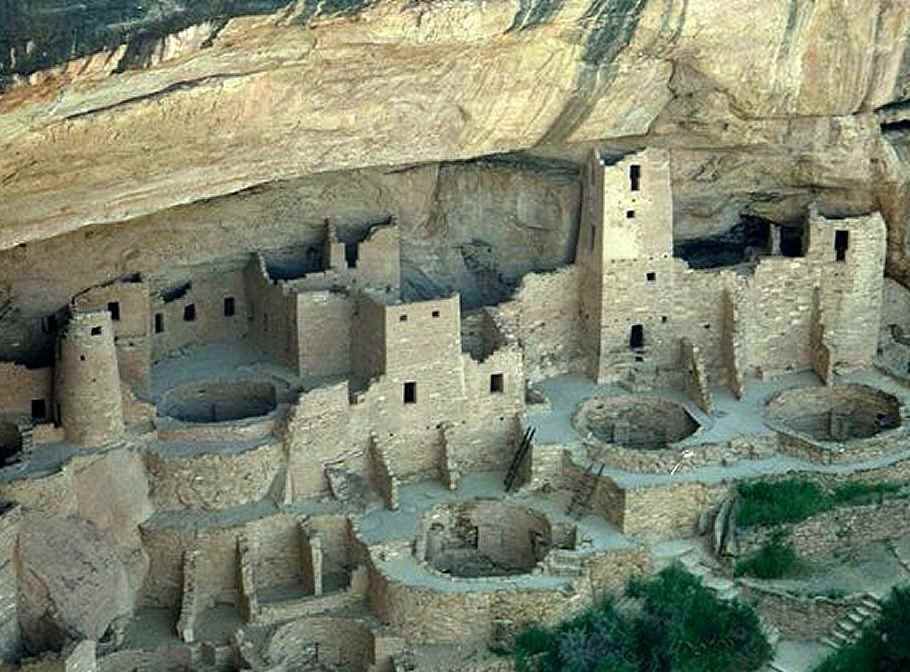
The answer to the mystery of why the Puebloans abandoned their great cities may be contained within the tribes’ oral traditions.
What event forced these people to flee their homeland and never to return, it is not clear. The remains left in places they inhabited, were found well preserved due to the dry conditions; some desiccated bodies made people wonder, whether it was some kind of massacre that had taken place at the site of the discovery or environmental factors were involved. In Anasazi site known as Mummy Cave, there were found desiccated bodies dating to 300 AD.
See also:
The Enigma Of The ‘Ancient Ones’, The Anasazi Cliff-Dwellers Of The Southwestern United States
The ‘Anasazi’ Mystery: Sophisticated Civilization That Disappeared
Pueblo Bonito (“pretty village”) - located in Chaco Canyon, in New Mexico - is a special place; it’s one of the most impressive prehistoric sites in the United States.
Now, this region is a vast arid desert of sand, rock and mesa, but it was flourishing agricultural community. This was a domain of the Anasazi, or rather the Ancient Pueblo peoples who lived in cliff dwellings and pueblos. The name ‘Anasazi’ is a Navajo word for “enemy ancestors”.
The greatest architectural accomplishment of this vanished civilization was the houses and settlements built into the sheer rock wall of the Chaco Canyon in western New Mexico. Canyons, buttes, and mesas housed a population of 30,000 at its peak and covered an area of 30,000-square-mile of landscape.
They built such villages as the Pueblo Bonito, which at certain areas was as high as five stories and contained 800 rooms, all arranged in a D-shaped arrangement.
Pueblo Bonito was only one small part of a network of settlements connected by a 400-mile system of roads, some as wide as 30 feet, flanked along the way by astronomical observatories.
Another impressive mesa was present-day Acoma Pueblo called the “Sky City” in New Mexico.
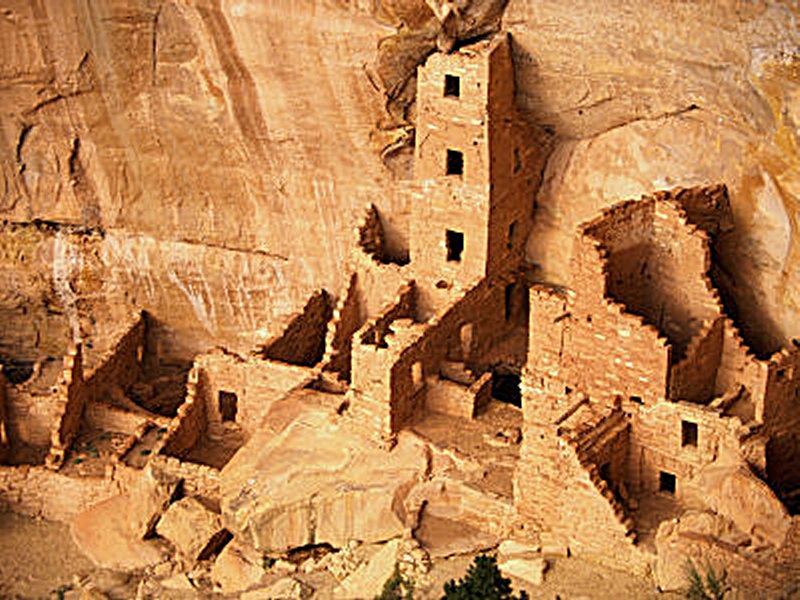
It was suggested that these large roads were used to quickly move an army from the canyon to the outlier communities but the lack of traces of a permanent army is evident.
This civilization, formerly known as the Anasazi was very advanced. Great cities flourished among the sandstone cliffs, astronomers studied the stars and engineers built great roadways, towers, and stone complexes. Some of these structures even today surprise us.
In fact, about 15 major complexes assembled by Chacoan skilled builders remained the largest buildings in North America until the 19th century!
The water supply was controlled by a series of dams and channels.
This is a legacy of the Ancient Pueblo peoples or if you prefer call them – the Anasazi, a mysterious great civilization which left pottery, weaving and other crafts but their writing is unknown, although some pictographs have been found.
Today, various American Indian tribes of the region claim to be descendants of the Ancient Pueblo peoples and call themselves the Puebloans.
They believe that the Anasazi did not disappear, but rather evolved into today's American Indian population of the Southwest.
Written by – A. Sutherland - AncientPages.com Senior Staff Writer
Copyright © AncientPages.com All rights reserved. This material may not be published, broadcast, rewritten or redistributed in whole or part without the express written permission of AncientPages.com
Expand for referencesMore From Ancient Pages
-
 New Study Sheds Light On The Phenomenon Of Female Jewish Slavery And Uncovers Gang Rape In Livorno’s Slave Prison
Archaeology | May 18, 2022
New Study Sheds Light On The Phenomenon Of Female Jewish Slavery And Uncovers Gang Rape In Livorno’s Slave Prison
Archaeology | May 18, 2022 -
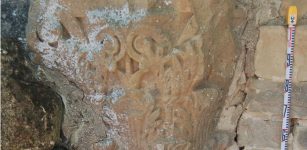 Large Previously Unknown Roman City Discovered At The Foot Of The Pyrenees
Archaeology | Jul 16, 2022
Large Previously Unknown Roman City Discovered At The Foot Of The Pyrenees
Archaeology | Jul 16, 2022 -
 Did Easter Islanders Commit ‘Ecocide?
Places | Jun 22, 2024
Did Easter Islanders Commit ‘Ecocide?
Places | Jun 22, 2024 -
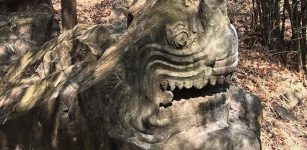 Ancient Statue Of Makara, Legendary Sea-Creature Found In Cambodia
Archaeology | Jan 29, 2020
Ancient Statue Of Makara, Legendary Sea-Creature Found In Cambodia
Archaeology | Jan 29, 2020 -
 Sacred Number Six And Its Symbolic Significance In Ancient Cultures
Ancient Symbols | Dec 27, 2017
Sacred Number Six And Its Symbolic Significance In Ancient Cultures
Ancient Symbols | Dec 27, 2017 -
 Long-Standing Mystery Of What May Have Triggered Ice Age Solved – New Study
Archaeology | Jun 24, 2022
Long-Standing Mystery Of What May Have Triggered Ice Age Solved – New Study
Archaeology | Jun 24, 2022 -
 Christmas – One Of Most Celebrated Holidays In Christian Calendar
Christmas Traditions | Dec 25, 2024
Christmas – One Of Most Celebrated Holidays In Christian Calendar
Christmas Traditions | Dec 25, 2024 -
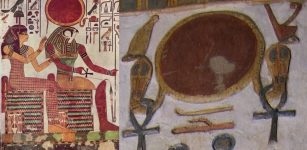 Eye Of Ra – Powerful Ancient Egyptian Symbol With Deep Meaning
Ancient Symbols | Jan 23, 2019
Eye Of Ra – Powerful Ancient Egyptian Symbol With Deep Meaning
Ancient Symbols | Jan 23, 2019 -
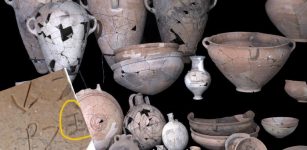 Canaanite Temple Dated To 12th Century BC Unearthed At Lachish, Israel
Archaeology | Feb 19, 2020
Canaanite Temple Dated To 12th Century BC Unearthed At Lachish, Israel
Archaeology | Feb 19, 2020 -
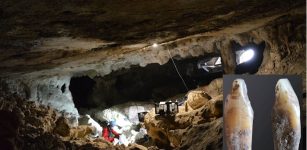 Oldest Human Genome From The Iberian Peninsula Helps Reconstructing Human History
Archaeology | Mar 1, 2023
Oldest Human Genome From The Iberian Peninsula Helps Reconstructing Human History
Archaeology | Mar 1, 2023 -
 Mystery Of The Mandala: The Circle Of Life
Ancient Symbols | Jul 7, 2018
Mystery Of The Mandala: The Circle Of Life
Ancient Symbols | Jul 7, 2018 -
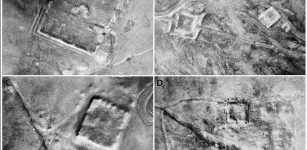 Hundreds Of Undiscovered Roman Forts Revealed By Spy Satellites
Archaeology | Oct 27, 2023
Hundreds Of Undiscovered Roman Forts Revealed By Spy Satellites
Archaeology | Oct 27, 2023 -
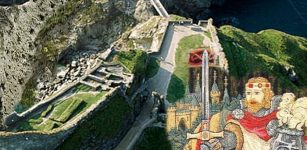 Was Tintagel Castle A Fortress Used By Iconic Hero King Arthur?
Featured Stories | Jul 12, 2022
Was Tintagel Castle A Fortress Used By Iconic Hero King Arthur?
Featured Stories | Jul 12, 2022 -
 Ancient Mesopotamian City Lagash Reveals More Archaeological Secrets
Archaeology | Jan 25, 2023
Ancient Mesopotamian City Lagash Reveals More Archaeological Secrets
Archaeology | Jan 25, 2023 -
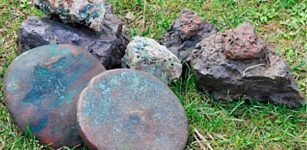 Ancient Disc-Shaped Copper Ingots Found In Shipwreck At Bulgaria’s Sea Coast
Archaeology | Apr 28, 2020
Ancient Disc-Shaped Copper Ingots Found In Shipwreck At Bulgaria’s Sea Coast
Archaeology | Apr 28, 2020 -
 Unique Study Of Skeletal Remains Reveals Grave Health Of Australian Pioneer Settlers
Archaeology | Apr 7, 2022
Unique Study Of Skeletal Remains Reveals Grave Health Of Australian Pioneer Settlers
Archaeology | Apr 7, 2022 -
 Christian Church And Large House Unearthed In Ancient Laodicea, A Major Hub Of Christianity
Archaeology | Oct 31, 2020
Christian Church And Large House Unearthed In Ancient Laodicea, A Major Hub Of Christianity
Archaeology | Oct 31, 2020 -
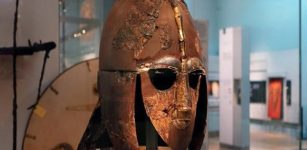 Burial Practices In Unified Cultures Of Early Medieval Europe
Archaeology | Jan 22, 2021
Burial Practices In Unified Cultures Of Early Medieval Europe
Archaeology | Jan 22, 2021 -
 Earliest Evidence For Domestic Yak – Revealed By Ancient DNA And Archaeology
Archaeology | Dec 15, 2023
Earliest Evidence For Domestic Yak – Revealed By Ancient DNA And Archaeology
Archaeology | Dec 15, 2023 -
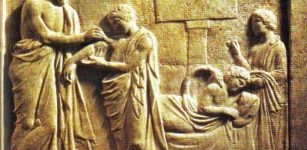 Why Was It Necessary For Great Physician Hippocrates To Eat Earwax?
Ancient History Facts | Aug 14, 2017
Why Was It Necessary For Great Physician Hippocrates To Eat Earwax?
Ancient History Facts | Aug 14, 2017

